A lot of so-called legends only live up to their best anecdote. Not Diane von Furstenberg. There’s the family mantra that has been passed down the generations from her mother: ‘Fear is not an option.’ The triumph of being a 20-something tycoon. Or the fact that she once turned down a threesome with two rock stars (Mick Jagger and David Bowie). But in order to fully understand the person who changed the way a generation of women dressed in America, you need to know that she arrived in the world just 18 months after her mother left Auschwitz. In the new documentary, Diane Von Furstenberg: Woman In Charge, she explains how she was considered a miracle child after her mother, Lilly Nahmias, was informed that she would not give birth to a ‘normal’ baby. ‘I was born nine months later and, in a sense, I was not normal,’ von Fursternberg tells the camera. Sharmeen Obaid-Chinoy, who directed the documentary with Trish Dalton, is set to become the first woman and person of colour to direct a movie in one of the biggest sci-fi franchises of all time, Star Wars. What drew her to von Furstenberg? ‘I make films about bad-ass women,’ she says.
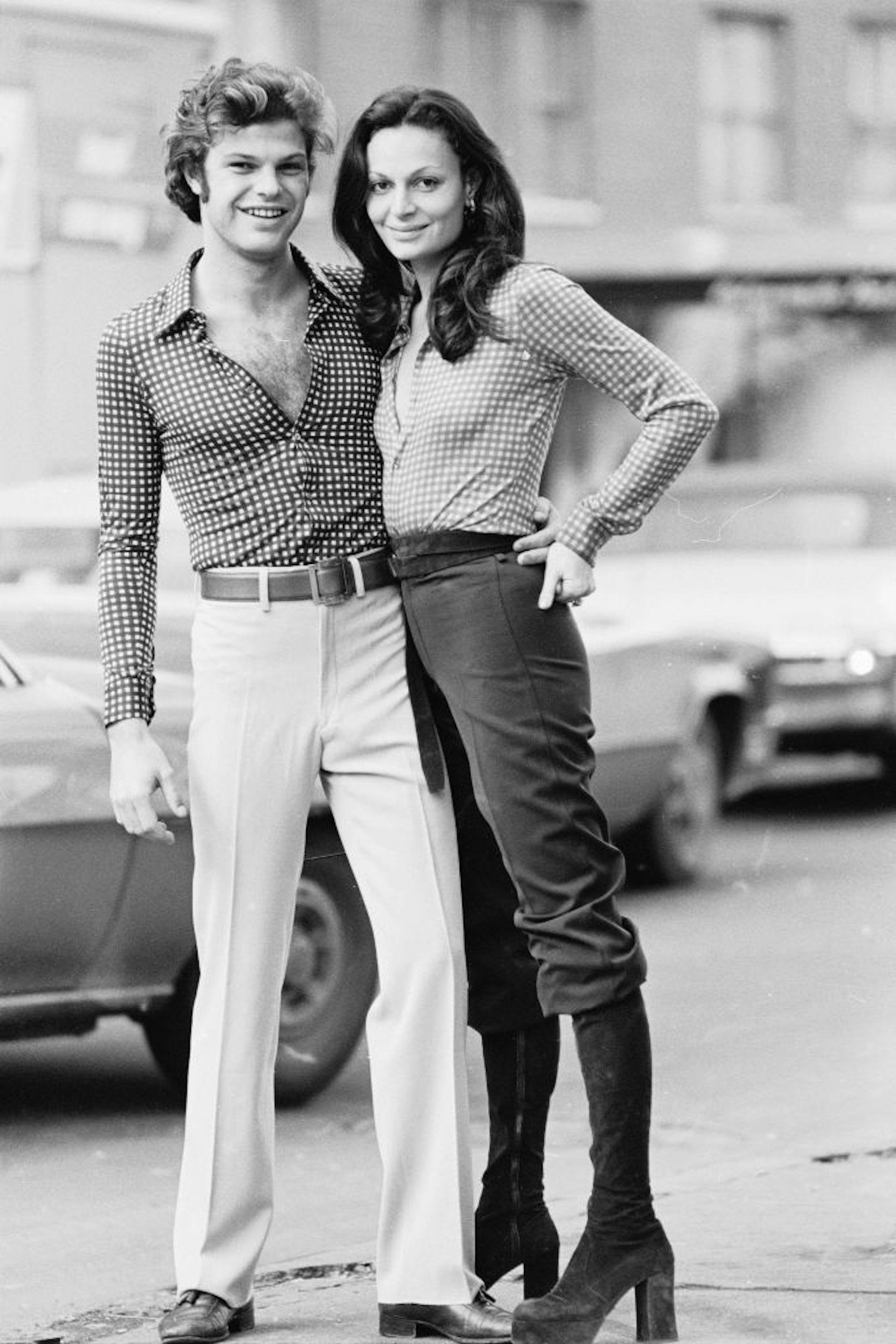
Bad ass is about right. By her mid-20s, DVF wasn’t just a princess by marriage (her first husband was German playboy Prince Egon von Furstenberg) and a mother of two, but an immigrant helming a business in New York. It was an $86 wrap dress that made her a household name, a piece of clothing for the modern woman that was comfortable, sexy and symbolic of a complete liberation. By 1974, 25,000 dresses were being cut and sewn a week. Oprah Winfrey remembers saving up for one as a young reporter. ‘It was such a status symbol,’ she says. Von Furstenberg wasn’t prepared for it to become this phenomenon. ‘Listen, I created the wrap dress but the wrap dress really created me,’ she tells Grazia. ‘I never tried to succeed. I succeeded and then I tried to cope with it. I’m learning how to be a mother, going back and forth to the factory, coping with a husband who was sleeping with everyone…’
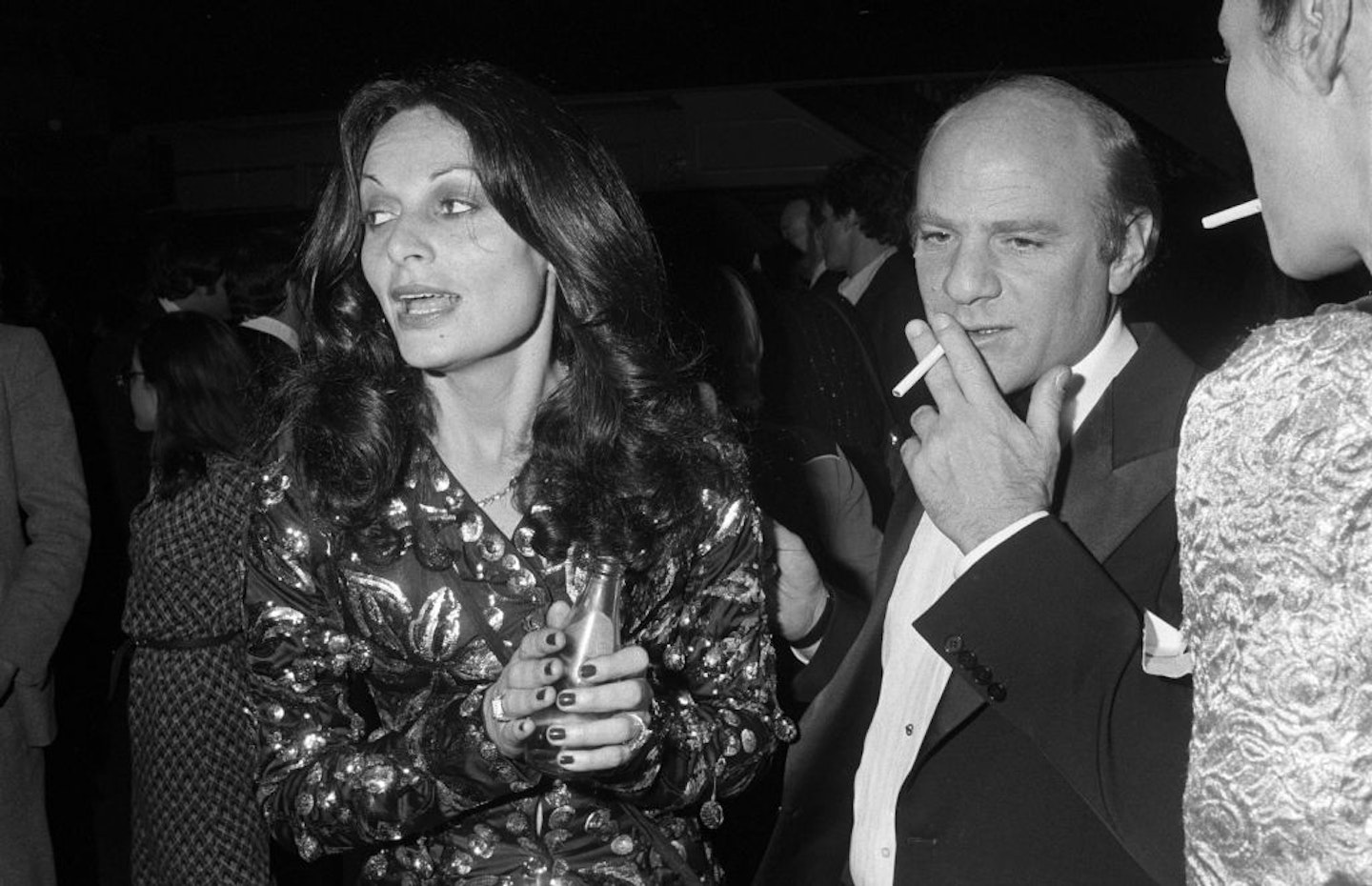
The film doesn’t skate over such anecdotes but lingers on them with refreshing candour, portraying her marriage as a revolving door of parties and lovers. After she separated from Egon, who remained an important part of her life until his death in 2004, along came Barry Diller, her now-husband, and the days of Studio 54, where she would drive after dinner with her mother and children in a pair of cowboy boots.
It was a time of feminism and free love, a hedonistic parting shot before the onset of AIDS. ‘We thought we invented freedom. The whole thing was let’s make love and not war. The difference is that we all thought the same thing. Now everyone seems to be angry and in conflict. Sharmeen and I, we want to carry the flag of freedom of being who you are,’ she says, making the point that Obaid-Chinoy, who was born in Pakistan, is Muslim, while she is Jewish. When Obaid-Chinoy was studying at Smith College, 9/11 happened. ‘From one day to the next, this beautiful girl feels like everyone is looking at her like she’s a terrorist. For sure that motivated her career afterwards,’ says von Furstenberg.
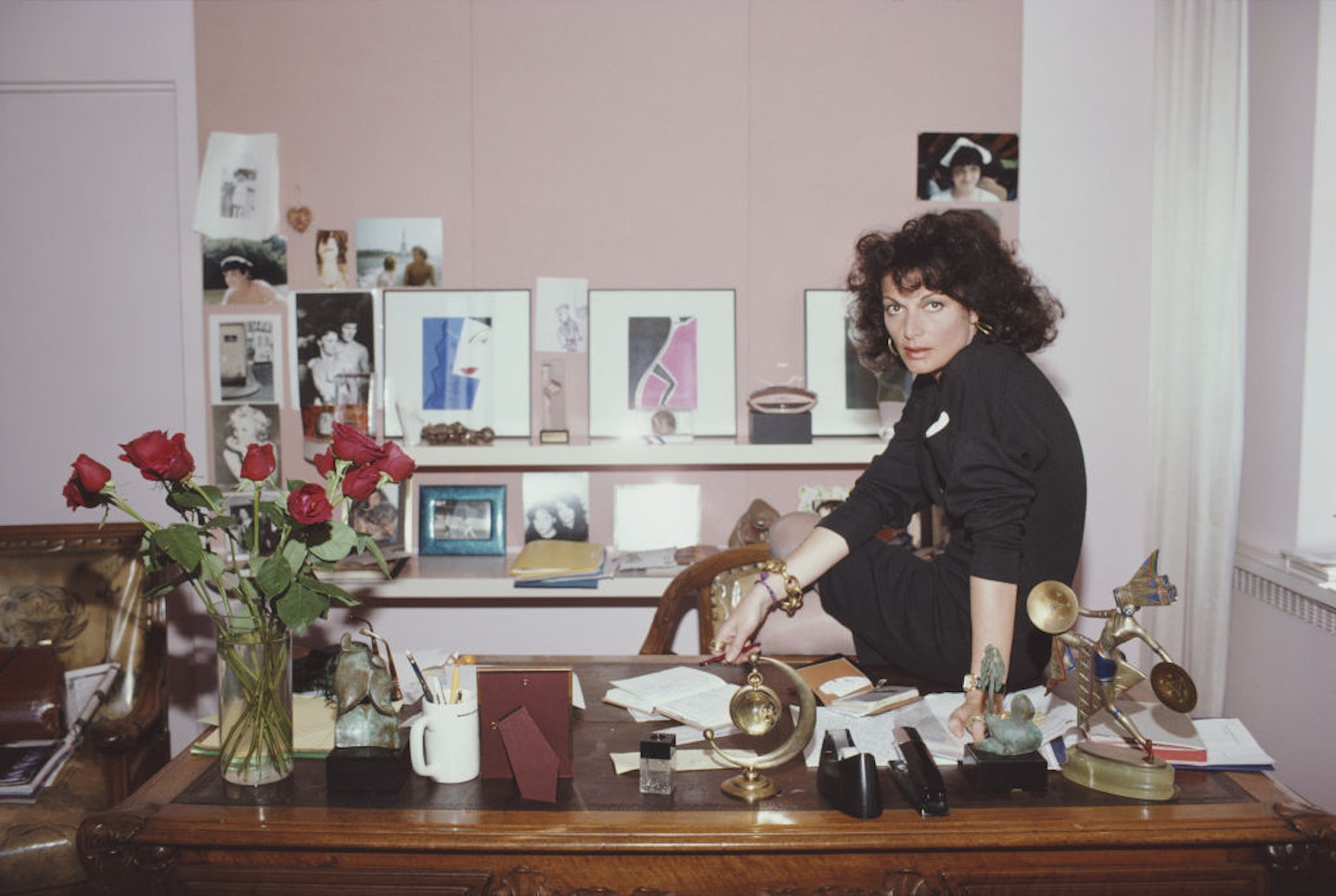
Motherhood, which came at the age of 24, is a constant refrain in the documentary, which avoids the clichéd narrative that women can have it all. After her wrap dress reached saturation point in the market, and after a devastating moment for the family when her mother suffered a ‘breakdown’ in Germany, DVF checked out of her life in New York, leaving for Bali, where she first met Paulo, and then Paris, where she met writer Alain Elkann, who both became boyfriends. When she eventually returned, her children were in boarding school.
Her daughter, Tatiana, describes writing a letter that contained the sentence, ‘Mummy, you don’t know anything about my life’; a reference to the neuromuscular disease that would go undiagnosed until she was 21. That lack of acknowledgement is still a great source of regret for DVF. She doesn’t, however, apologise for the way she chose to live her life. ‘Do my children feel like I was never there? They do but they’re wrong. I was there more than they remember. I was always present.’
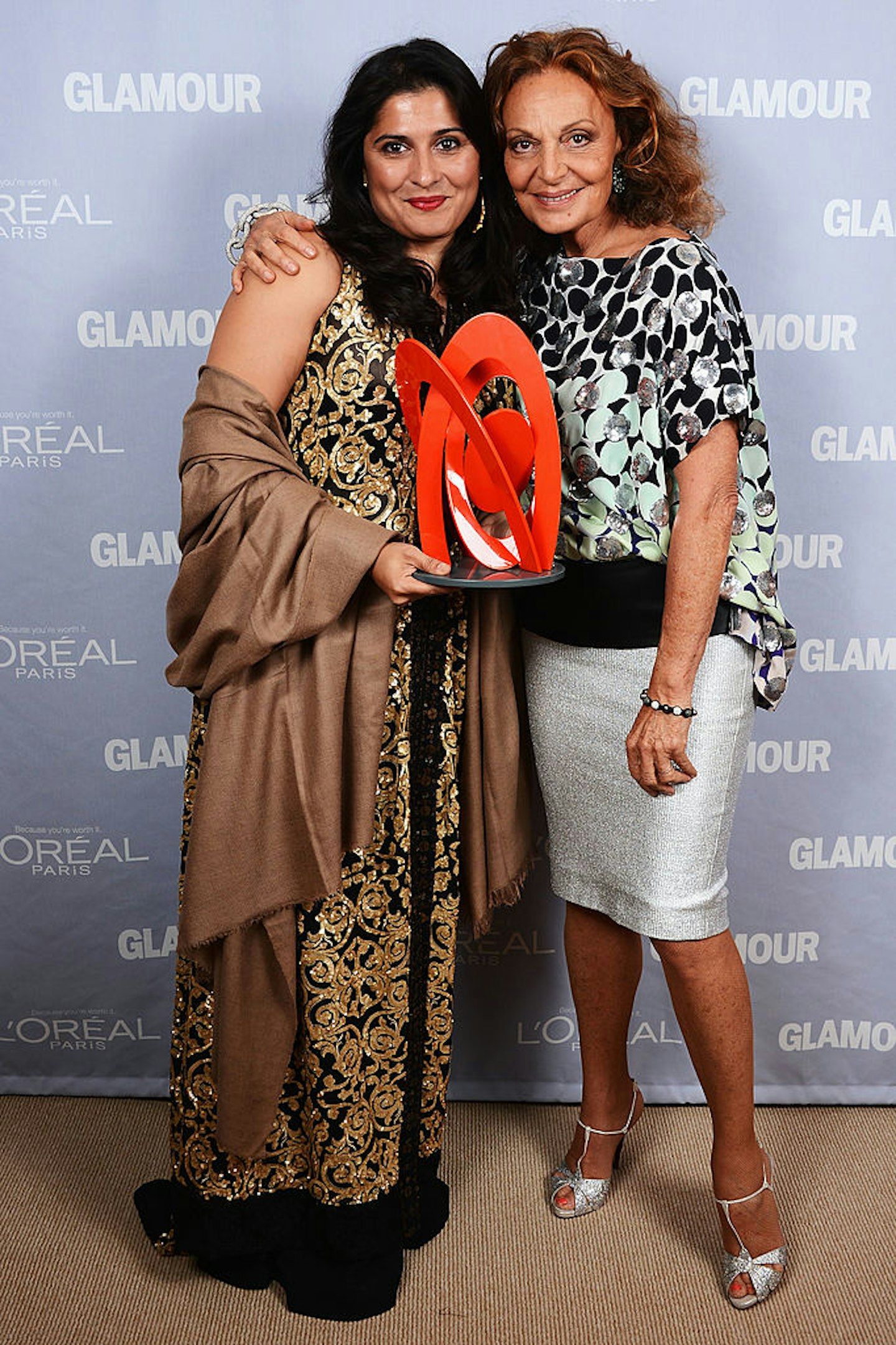
Von Furstenberg sees this documentary as a ‘eulogy’, with her greatest legacy being the dynasty of children – who she now speaks to twice a day – and grandchildren she’ll be leaving behind; that and the fact that it’s 50 years after the birth of the wrap dress and she’s still making clothes for women in charge. The film actually finishes with a visit to the family cemetery, a circular swathe of stones that, for now, remain partially unfinished. ‘I go there every day,’ says von Furstenberg. ‘I love the end because it’s owning death. Right? We all die and most people don’t address it. Why? It’s going to happen. I’d rather control it.’
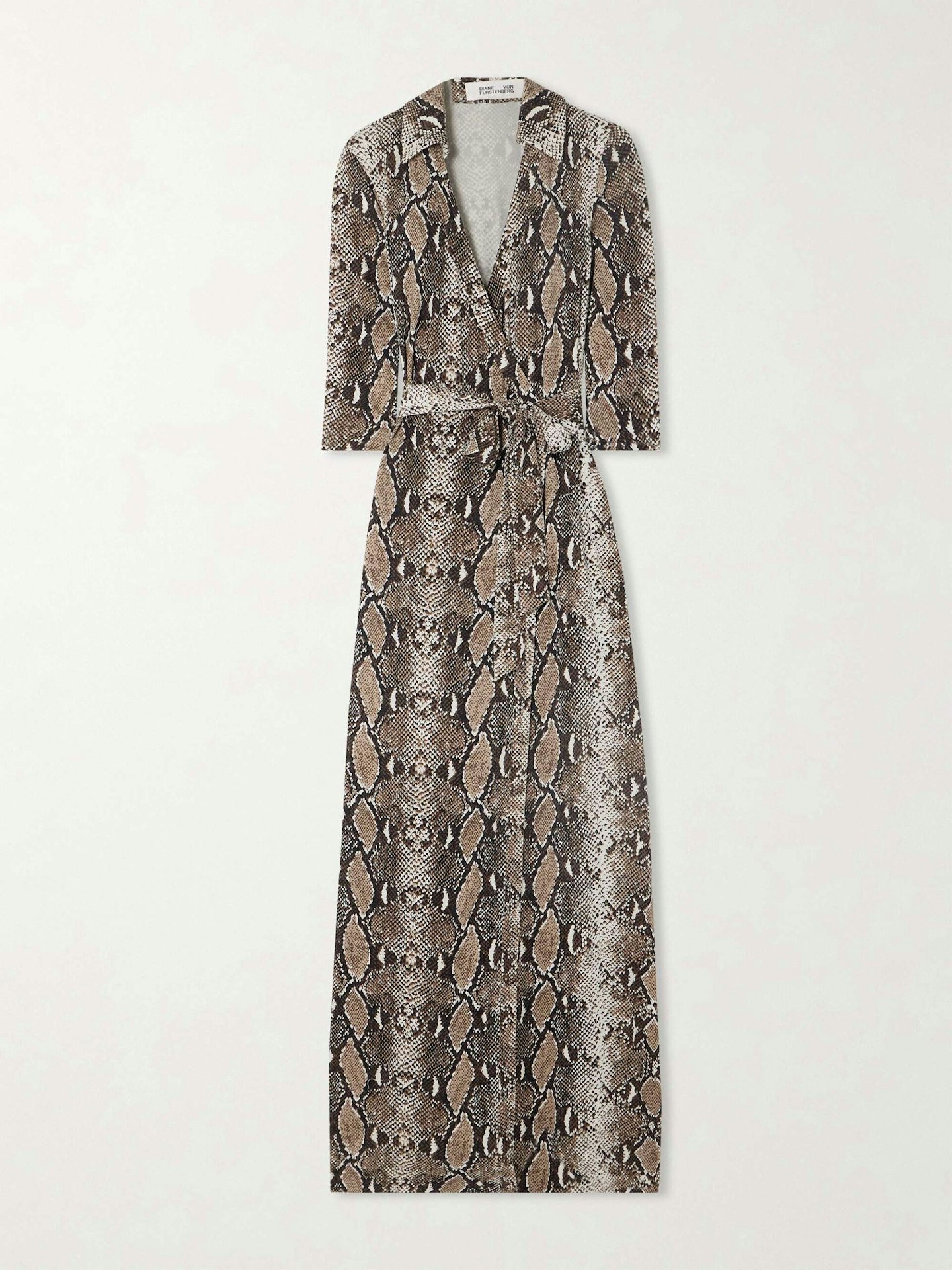
www.net-a-porter.com
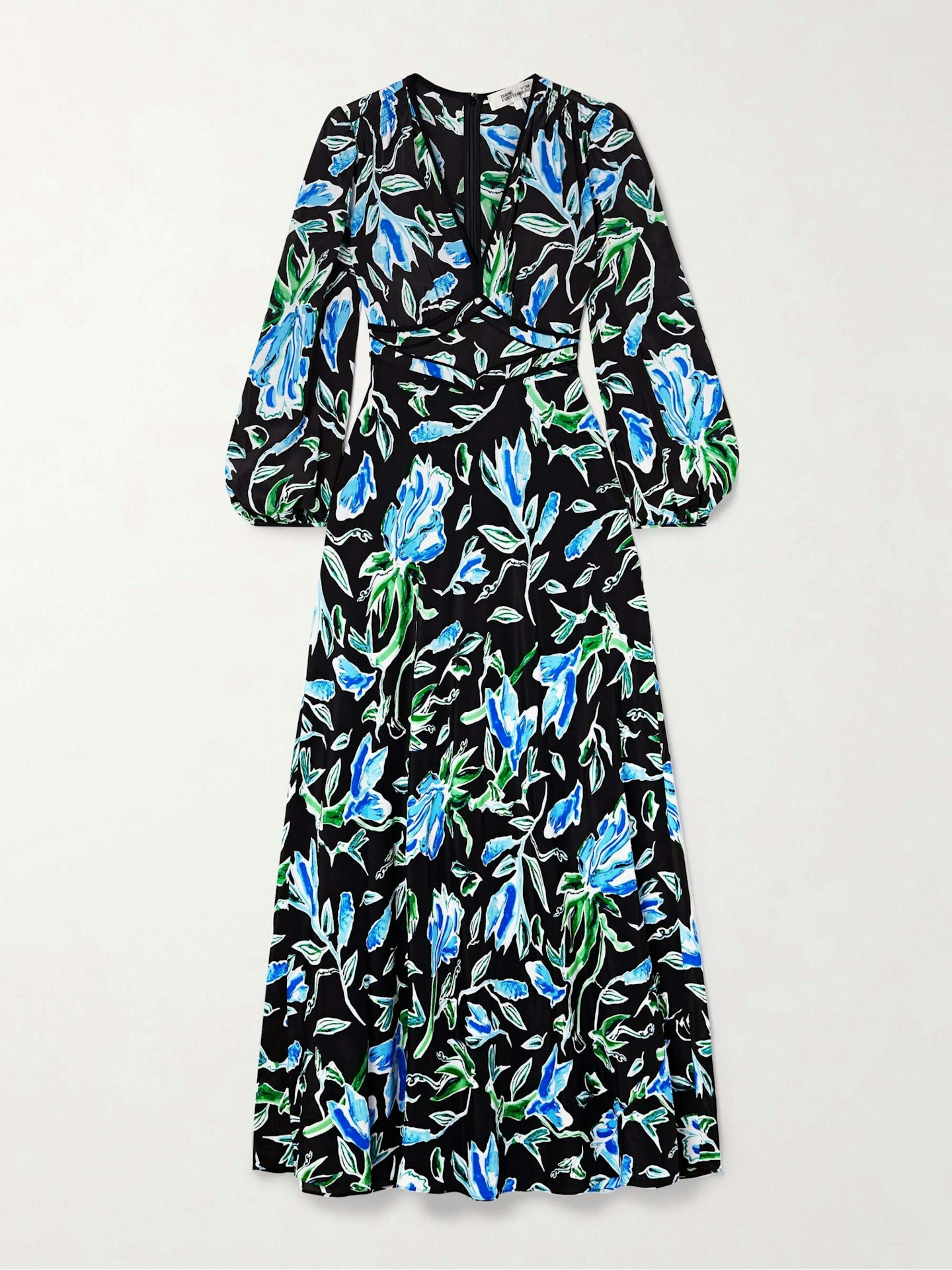
www.net-a-porter.com

uk.dvf.com
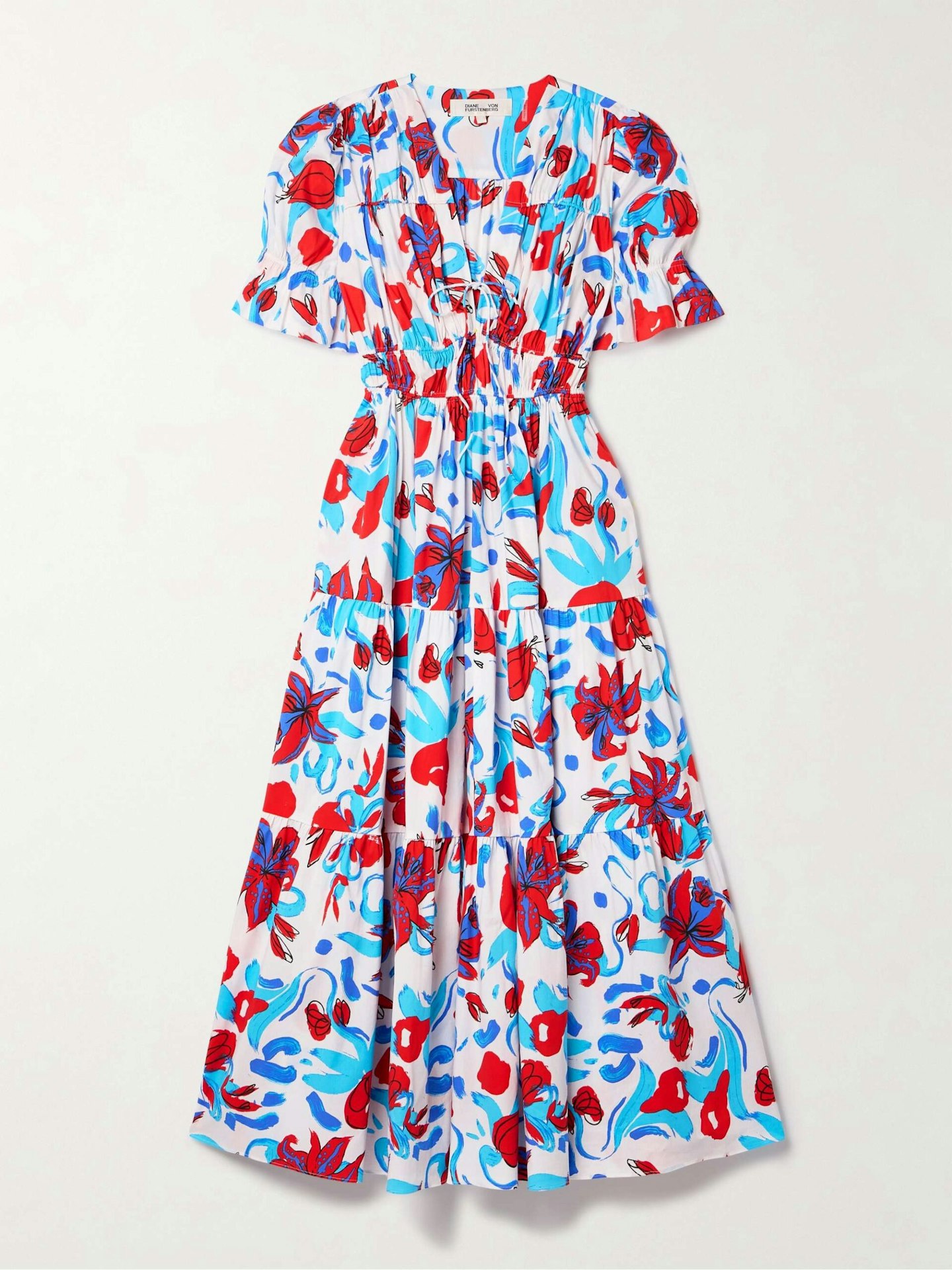
www.net-a-porter.com
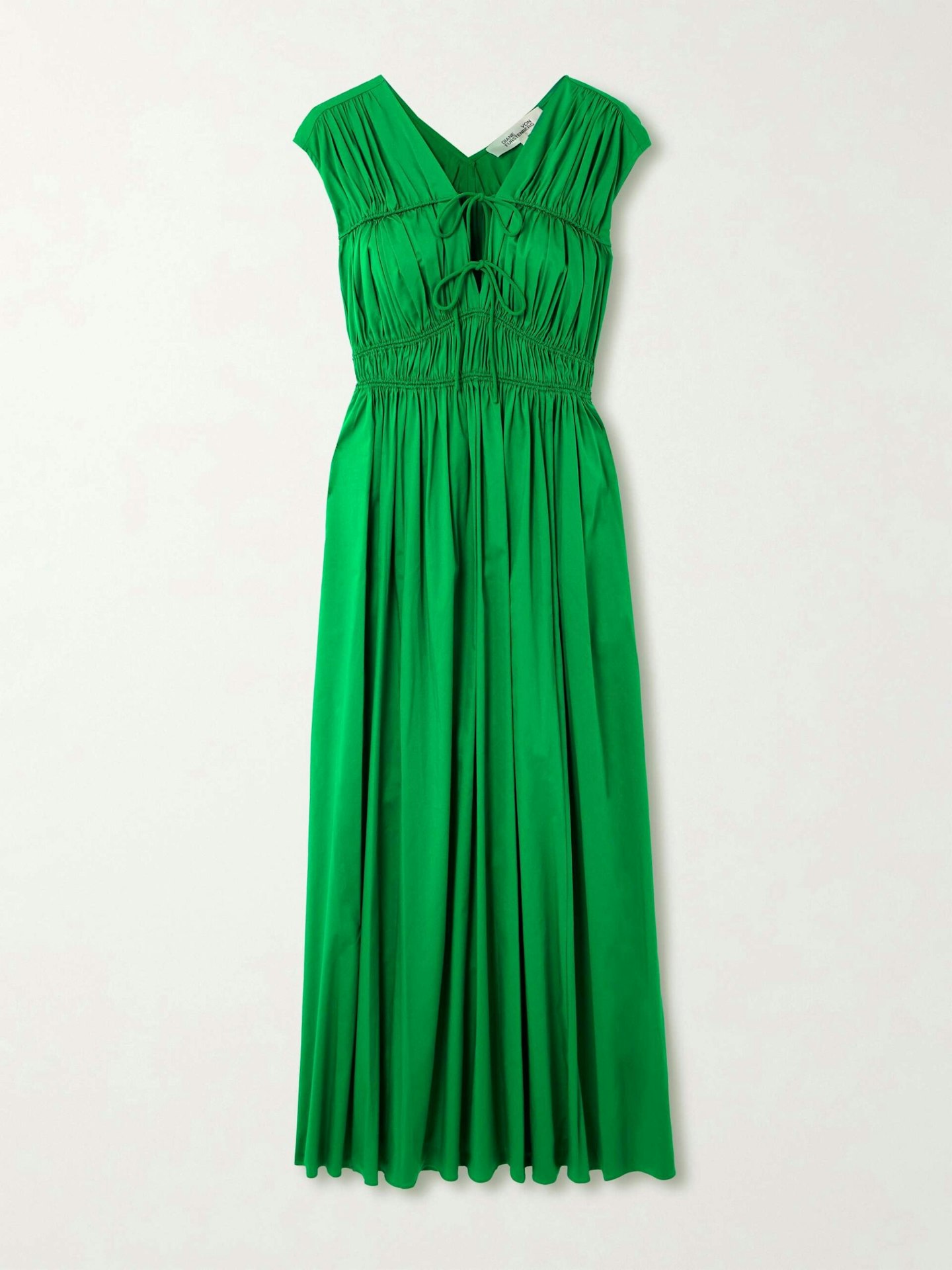
www.net-a-porter.com
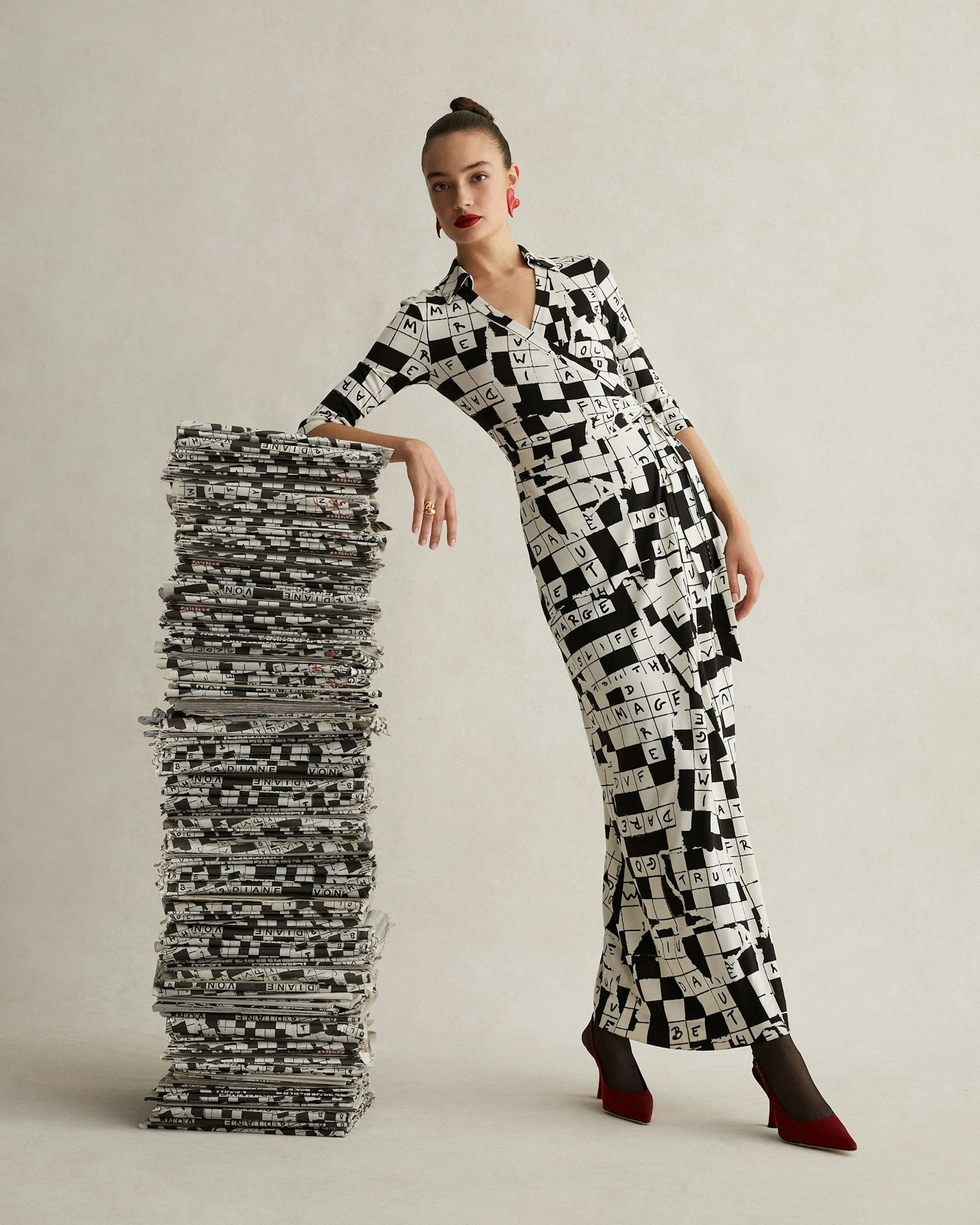
uk.dvf.com
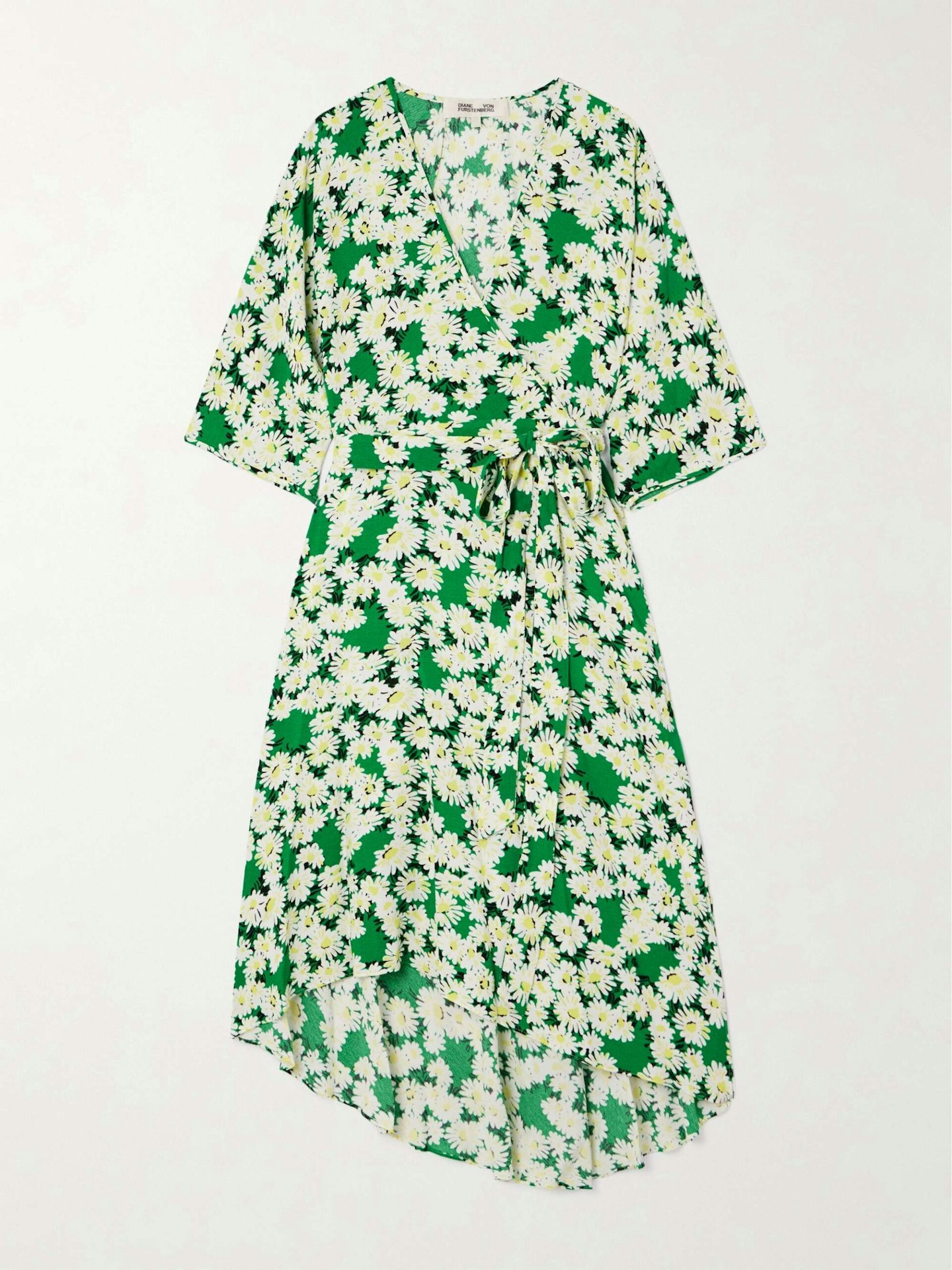
www.net-a-porter.com

www.net-a-porter.com
Diane von Furstenberg: Woman in Charge is available exclusively on Disney+.
Natalie Hammond is senior fashion news editor at Grazia. She previously worked at The Times - and has written for publications including The Telegraph, The Financial Times and gal-dem. She loves a ludicrously capacious bag (sorry, Tom!) and has never met a pair of clogs she wouldn’t wear. Find her on Instagram.
